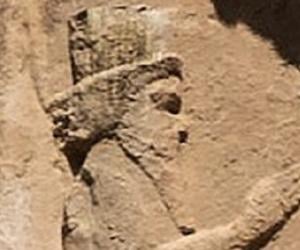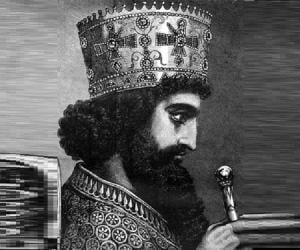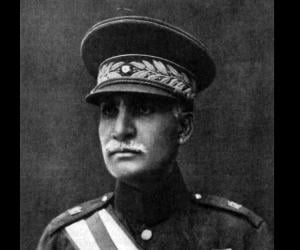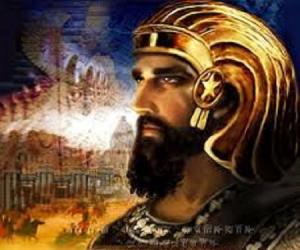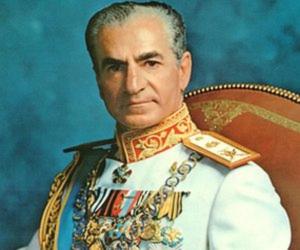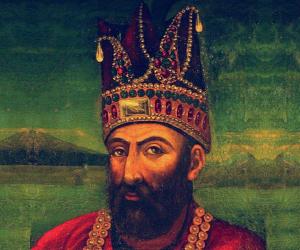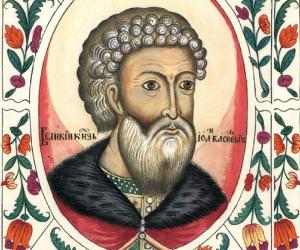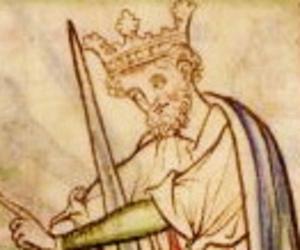Born In: Susa, Iran
Artaxerxes I of Persia
(King of Kings of the Achaemenid Empire from 465 BC to 424 BC)
Artaxerxes I was a Persian “King of Kings” who reigned from 465 BC to 424 BC. He was the sixth emperor of the Achaemenid dynasty. The third male child of his father, Xerxes I or Xerxes the Great, his birth likely happened during the reign of his grandfather, Darius I or Darius the Great. After his father, possibly along with his elder brother Crown Prince Darius, was murdered by Artabanus, the commander of the royal bodyguard, Artaxerxes became the de facto heir to the throne. He subsequently executed Artabanus and his sons. One of the important events during his reign was the Egyptian revolt of 460–454 BC led by Inaros II. While the Persians suffered initial defeat, they ultimately won against the Egyptians and their Athenian allies. During his reign, Persia attained a tentative understanding with Athens and Argos with the Peace of Callias. Artaxerxes even granted asylum to one of his father’s biggest enemies, Themistocles, after he had been ostracized in Athens. He is mentioned in the Bible as someone who instructed the Kohen and Scribe Ezra to be the administrator of the ecclesiastical and civil affairs of the Jewish nation. He was also possibly “Artasyrus,” whom Herodotus refers to as a satrap of the royal satrapy of Bactria.
Emperors & Kings #354
23
1
